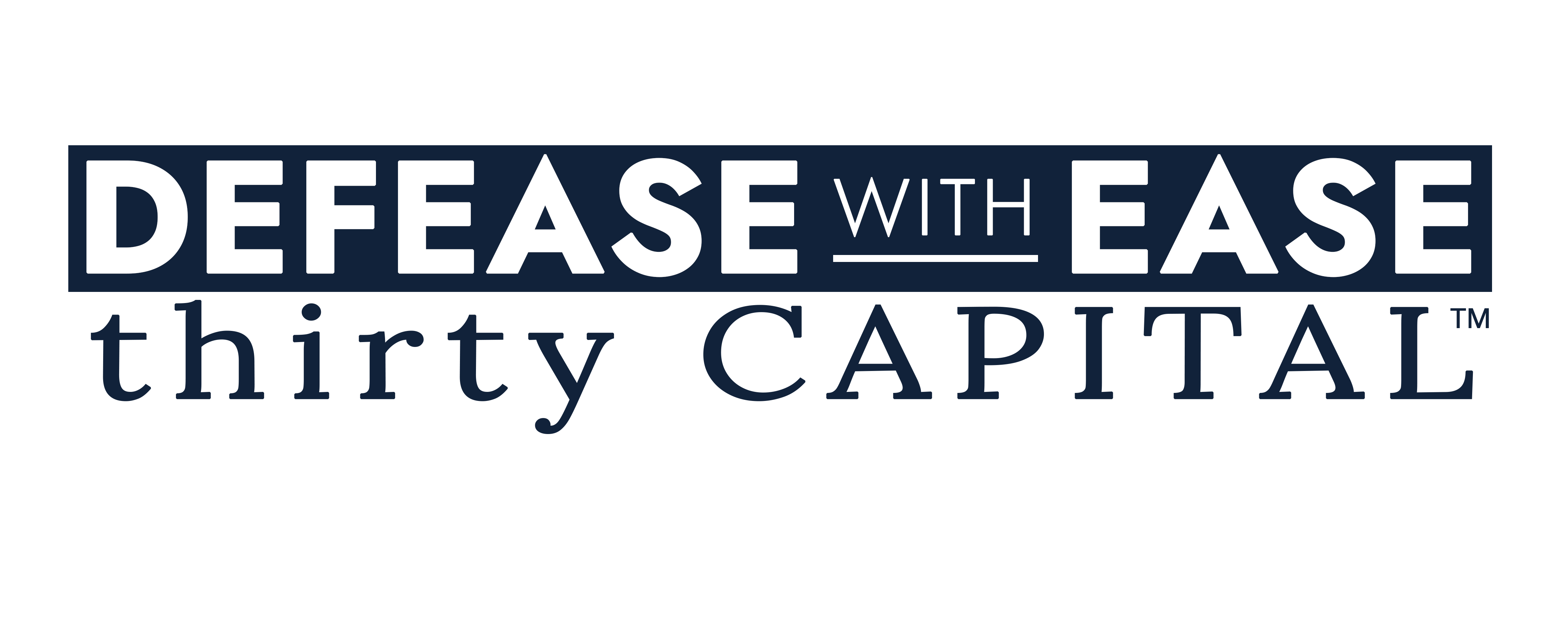For commercial real estate (CRE) firms, the capital stack has evolved from a basic financing structure into a strategic tool. For mid-market owners and operators, the way debt and equity layers are structured can not only determine the return profile but also the ability to withstand changes, capture opportunities, and attract new capital partners.
As we look toward 2026, capital stack optimization has taken on new urgency. Interest rate volatility, tighter liquidity, and more selective credit markets combined with rising investor scrutiny mean that yesterday’s structures may no longer serve tomorrow’s goals. Aligning your capital stack with your broader business strategy is now essential for long-term resilience and performance. This article explores practical ways to evaluate and optimize your capital stack, so structure and strategy work in tandem.
Understanding the Capital Stack as a Strategic Lever
The capital stack details the layers of financing that fund a real estate asset: senior debt, mezzanine debt, preferred equity, common equity, and sometimes hybrids of these instruments. Each layer carries its own cost of capital, control dynamics, and risk profile.
In a stable, low-rate environment, owners and operators often default to maximizing leverage with senior debt. But in a climate like today where interest rates are elevated, spreads are wider, and lender requirements are tightening, a“maximize leverage at all costs” approach can erode returns and flexibility.
Instead, the capital stack must be designed with strategy in mind:
- What is the business plan? (Stabilization, value-add, long-term hold, or quick sale)
- What is the sponsor’s risk tolerance?
- What return hurdles matter to LPs or JV partners?
- What flexibility is needed for refinancing, selling, or recapitalizing?
Optimizing the capital stack means ensuring each layer supports the business plan and not simply filling a funding gap.
The Trade-Offs Between Structure and Strategy
Every financing decision involves trade-offs. For example:
- Senior Debt: Lowest cost of capital but can come with restrictive covenants and inflexible prepayment penalties.
- Mezzanine Debt / Preferred Equity: Fills capital needs without diluting ownership but increases risk of cashflow strain and potential intercreditor conflict.
- Common Equity: Provides flexibility but dilutes ownership and increases required returns.
Owners and operators who evaluate options solely on current rates or lender terms risk missing the strategic bigger picture. The key question: Does the structure enable execution of the strategy?
For example, a value-add owner expecting to refinance in 24 months should avoid overly restrictive defeasance or yield maintenance provisions. Conversely, a long-term holder may accept those constraints in exchange for certainty and more favorable pricing.
Using Debt & Risk Analysis Reports to Evaluate Options
One effective way to align structure with strategy is by applying a Debt & Risk Analysis framework — a systematic approach to assessing how your financing decisions perform under different market and operating conditions. This type of framework brings together portfolio data, stress testing, and scenario modeling to quantify how well your capital structure supports your business plan.
Here at Defease With Ease | Thirty Capital, we refer to this evaluation tool as a Debt Scorecard — a concise, quarterly report that provides a clear, data-driven view of debt performance and portfolio risk. It captures the key dimensions that matter most:
- Flexibility: How easily can the loan be prepaid, refinanced, or restructured?
- Resiliency: How does the debt service coverage ratio (DSCR) hold up under stress tests like declining net operating income (NOI) or amortizing payments?
- Alignment: Does the capital structure and loan terms support the business plan timeline?
- Return Impact: What’s the effect on internal rate of return (IRR) and equity multiple under different exit scenarios?
By quantifying these dimensions, a Debt & Risk Analysis framework, whether through a Debt Scorecard or similar process, helps owners and operators move beyond instinct or availability bias to make deliberate, strategy-aligned financing decisions.
Case in Point: Swapping Preferred Equity for Senior Debt
Consider a multifamily owner holding a 2022-originated loan with preferred equity in the stack. At origination, this structure made sense: it allowed higher leverage in a low-rate environment.
But in today’s market, that preferred equity is costing 12–13%, eating into cashflow and delaying promote triggers. By refinancing and replacing the preferred equity with supplemental financing (even at a higher nominal interest rate), the blended cost of capital can decline and DSCR may improve, giving the sponsor greater flexibility.
 This is the essence of optimization: the solution isn’t simply about finding the cheapest rate, but about re-engineering the stack to achieve strategic goals.
This is the essence of optimization: the solution isn’t simply about finding the cheapest rate, but about re-engineering the stack to achieve strategic goals.
On-Demand Case Study: When Choosing a Higher-Rate Loan Can Lower the Cost of Capital and Trigger the Promote
Practical Steps for Owners & Operators
For CRE leaders preparing for 2026, here are practical steps to align capital structure with strategy:
1. Start Early. Engage with advisors 18–24 months before loan maturity.
2. Map Strategy to Structure. Define whether the goal is cashflow stability, value-add execution, or maximizing IRR, and ensure each layer supports that objective.
3. Run Scenarios. Test NOI, interest rate, and cap rate sensitivities to evaluate resilience.
4. Prioritize Flexibility. Pay attention to covenants, prepayment terms, and extension options. Negotiate prepayment terms that align with your strategy.
5. Quantify Trade-Offs. Use analysis reports and data tools to compare outcomes objectively.
Forward-Looking Considerations for 2026
As owners and operators implement these strategies, it’s equally important to keep an eye on the macro forces shaping 2026 and beyond.
1. Refinancing Wave: Hundreds of billions in CRE debt will mature between 2025–2027. Owners who wait until maturity will face constrained options. Early planning and proactive refinancing can unlock better structures.
2. Higher Cost of Capital: Even if rates ease, they’re unlikely to return to the ultra-low levels seen in the 2010s. Owners must plan for higher long-term debt costs.
3. Investor Expectations: LPs and co-investors are scrutinizing structures more closely, demanding alignment between sponsor incentives and investor protections.
4. Data-Driven Decision-Making: Platforms like Lobby AI enable scenario modeling, DSCR stress testing, and identifying when a new structure can outperform.
In short: capital stack design is no longer static. It’s dynamic and must be revisited frequently.
Why Advisory Matters
Optimizing a capital stack is not a one-size-fits-all exercise. It requires clarity on sponsor objectives, insight into market dynamics, and a precise understanding of trade-offs across debt and equity.
That’s why many owners and operators partner with Defease With Ease | Thirty Capital. With over 25 years of structured finance experience and proprietary technology platforms, our team helps stakeholders strategically engineer their capital stacks for long-term performance.
The outcome: lower blended capital costs, stronger portfolio resilience, and alignment between financing and strategy — the hallmarks of smart debt planning for 2026 and beyond.
Ready to take the next step? Send us a message to start a conversation or schedule a 20-minute strategy session to discuss current market dynamics and explore options to optimize your capital stack.




